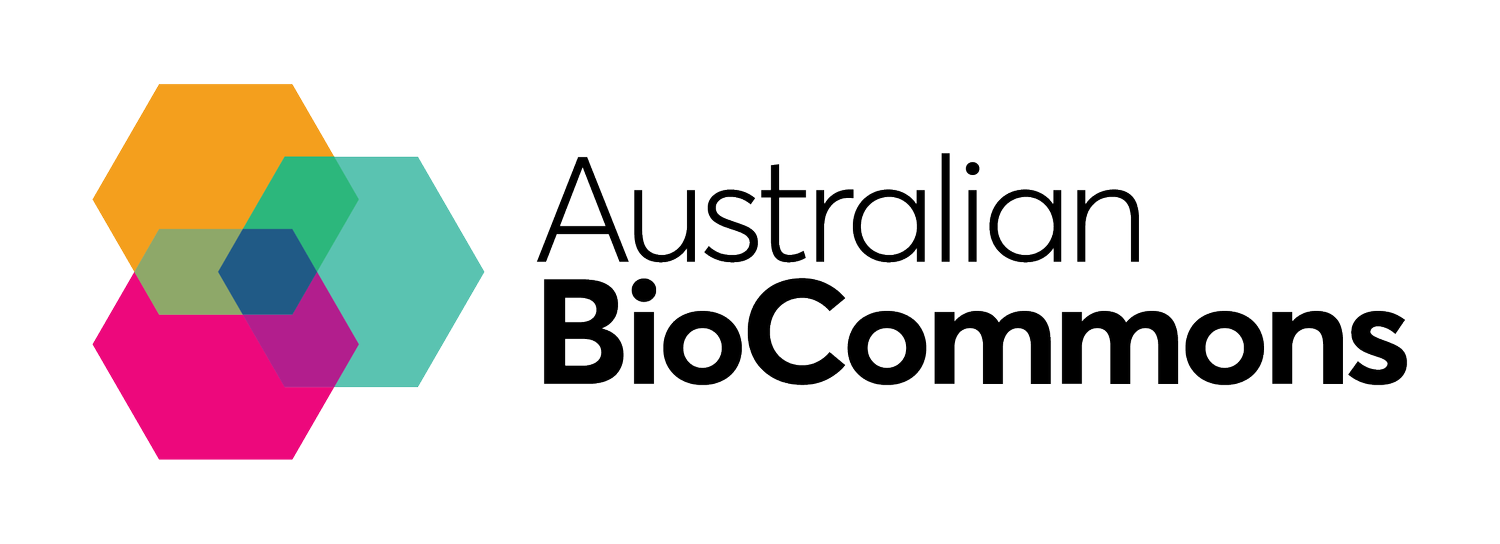Video tutorial simplifies sharing of bioinformatics tools
Thousands of bioinformatics tools from across the entire omics spectrum are available within Galaxy’s user-friendly web interface. New guidance videos developed by the Galaxy Australia team are supporting anyone with a little bit of coding know-how to add their favourite tools into the global Galaxy platform.
With over 11,000 individual users accessing Galaxy every month, there are frequent requests to add new tools that cater to an ever expanding array of research needs, and there is often a backlog of tools waiting to be ‘wrapped’ for use in Galaxy. The vibrant community of contributors who maintain Galaxy are passionate about open source and accessible science, and invite all tool developers, researchers, and research communities to add bioinformatics tools to Galaxy.
Galaxy Australia’s Dr Cameron Hyde and Michael Thang have prepared two new videos that explain and demonstrate the tool wrapping process to help anyone prepare tools for inclusion in Galaxy workflows across the globe.
In part one, Michael introduces the Galaxy platform, explains the process of wrapping tools for Galaxy and describes the tool parameters that can be incorporated into the underlying code (XML). Then in part two, Cameron steps through the process for building an XML wrapper to add a tool to Galaxy using Planemo. To get the most out of the tutorial, you’ll need to have a basic understanding of Linux command line (Bash) and XML syntax, and be comfortable working with a code editor. These videos complement the extensive documentation available in Planemo and the Galaxy Training Network.
If there is a tool missing from your Galaxy workflow, or you’d like to make your own tools available to a global audience, start wrapping with the Getting tools into Galaxy videos!

